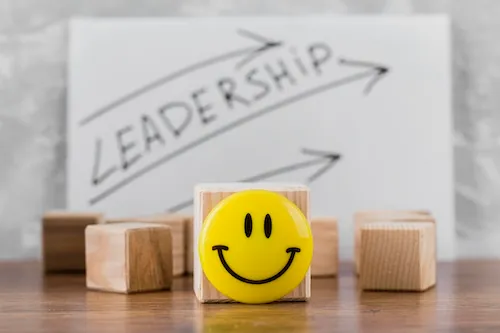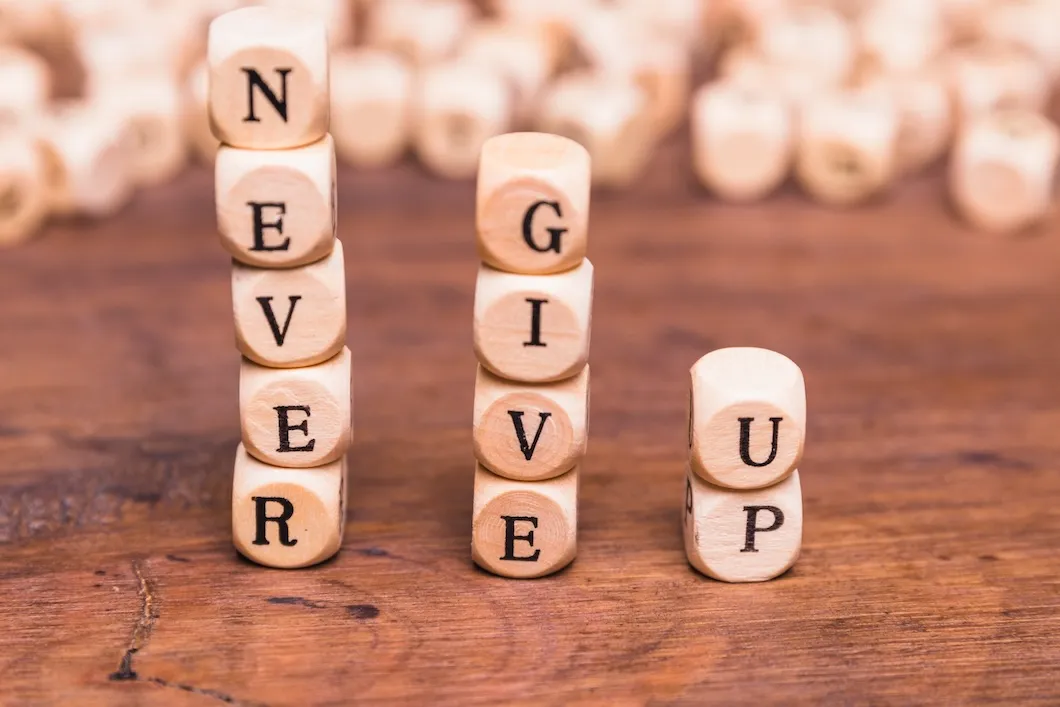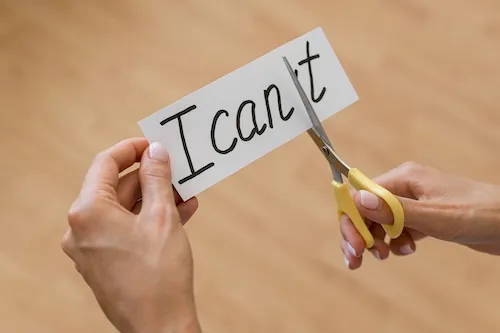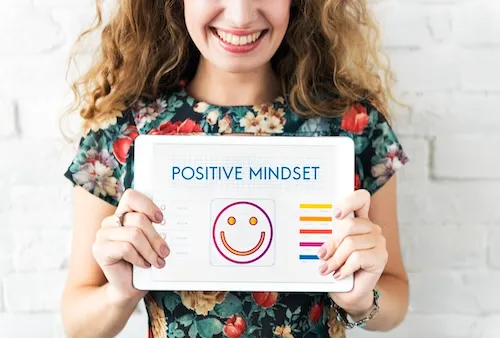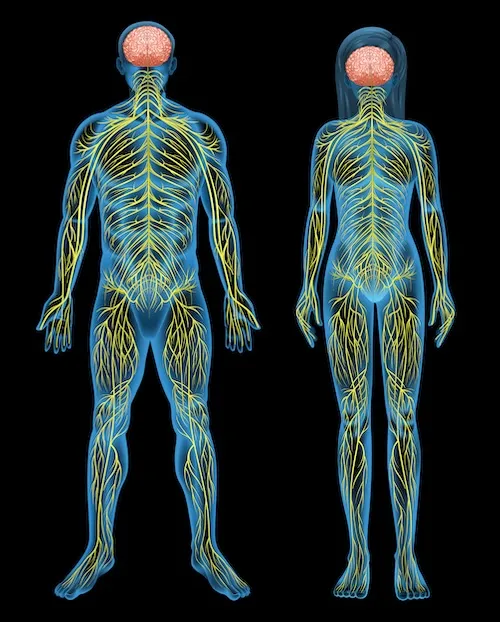The Mental Health System and Racial Disparities: Are We Ignoring Minority Communities?
In recent years, conversations about mental health have become increasingly mainstream. From health and wellness podcasts to mental health platforms, there’s been a surge in resources aimed at improving our collective mental well-being.
However, as we celebrate these advancements, we must ask ourselves a critical question: Are these benefits reaching everyone equally, or are we unknowingly perpetuating a system that ignores minority communities?
Recent statistics paint a troubling picture. In the past three years, 50% of White adults received mental health services, compared to only 39% of Black adults and 36% of Hispanic adults.
This significant gap in access to mental health care for Black and Hispanic individuals compared to White adults is just the tip of the iceberg when it comes to racial disparities in our mental health system.
While we could never hope to cover the full breadth of the issues at hand in one blog, the conversation is worth having. Read on to explore the historical context, cultural stigmas, barriers to access, and the impact of these disparities on mental health outcomes for minority communities. We’ll also discuss potential solutions – including the role of mental health coaching vs therapy and the importance of creating inclusive healthy lifestyle communities.
A Historical Context of Systemic Inequality
To understand the current state of racial disparities in mental health care, we must first acknowledge the historical context that has shaped these inequalities.
The Legacy of Segregation
The impact of racial segregation on healthcare access cannot be overstated. In the United States, the “separate but equal” doctrine led to the creation of segregated healthcare facilities that were often underfunded and understaffed.
This legacy continues to affect minority communities today, with many predominantly Black and Hispanic neighborhoods lacking adequate mental health resources.
Historical Mistrust
Years of unethical medical practices, such as the Tuskegee Syphilis Study, have fostered a deep-seated mistrust between minority communities and the healthcare system. This mistrust extends to mental health services, making many individuals from these communities hesitant to seek help even when it’s available.
Institutional Racism
Institutional racism in the mental health system manifests in various ways, from biased diagnostic criteria to a lack of cultural competence among practitioners. For example, studies have shown that Black patients are more likely to be misdiagnosed with schizophrenia compared to white patients presenting with the same symptoms.
This bias is further evidenced in prescription patterns.
- In patients with schizophrenia, Black/African American patients were 1.52 times more likely to be prescribed haloperidol (an older antipsychotic with potentially more side effects) compared to White patients.
- Hispanic patients were 1.32 times more likely to receive this medication.
- Conversely, Black/African American patients were only 0.40 times as likely to be prescribed clozapine (a newer, potentially more effective medication) compared to White patients, and Hispanic patients were 0.45 times as likely.
These statistics suggest a clear racial disparity in medication choices for treating schizophrenia – and an ongoing reality that many patients of color are not receiving the most effective treatments available.
Cultural Stigma and Mental Health
It’s important to not just observe the history that has contributed to the disparities in mental health treatment but also to consider the present-day societal and cultural stigmas that continue to perpetuate these disparities.
Cultural perceptions of mental health vary widely among different racial and ethnic groups, often contributing to disparities in seeking and receiving care.
Differences in Cultural Perceptions
In many minority communities, mental health issues are often viewed through a different lens than in Western medicine.
For instance, in some Asian cultures, mental health symptoms might be described in physical terms, leading to potential misdiagnoses when interacting with Western healthcare systems. This can result in a lack of trust and reluctance to seek treatment.
In African American communities, there is often a belief that mental health issues are a sign of weakness or a personal flaw. This cultural perception can lead to feelings of shame and embarrassment, making it difficult for individuals to open up about their struggles and seek help.
Impact of Stigma on Help-Seeking Behavior
The stigma surrounding mental health in many minority communities can be a significant barrier to seeking help.
In some cultures, mental illness is seen as a personal weakness or a family shame, leading individuals to suffer in silence rather than seek professional help. This stigma likely contributes to the lower utilization rates of mental health services among racial and ethnic minorities, even when experiencing mental illness.
Recent statistics highlight this disparity: For adults with any mental illness, 56% of White adults received mental health services, compared to only 40% of Hispanic adults, 38% of Black adults, and 36% of Asian adults.
Strategies to Address Stigma
Addressing this stigma requires culturally sensitive approaches. Mental health platforms and health and wellness podcasts that feature diverse voices and stories can play a crucial role in normalizing conversations about mental health within minority communities.
Community-based education programs and partnerships with religious and cultural leaders can help reduce stigma and encourage help-seeking behaviors. These programs can provide education on mental health, break down harmful stereotypes, and offer resources for seeking help.
Barriers to Access and Quality of Care
Even when individuals from minority communities overcome stigma and decide to seek help, they often face significant barriers to accessing quality mental health care.
Socioeconomic Factors
Poverty and unemployment disproportionately affect minority communities, making it difficult for many to afford mental health care.
Even with insurance, the cost of copays and time off work for appointments can be prohibitive. This economic disparity is reflected in overall mental health care spending: Black and Latino patients receive about 60-75% of the outpatient mental health care spending compared to White patients, even after accounting for differences in need.
Lack of Culturally Competent Care
There’s a significant shortage of mental health professionals from minority backgrounds, and many practitioners lack training in cultural competence. This can lead to misunderstandings, misdiagnoses, and ineffective treatment plans.
The disparity in prescription patterns for schizophrenia mentioned earlier is just one example of how this lack of cultural competence can affect treatment outcomes.
Geographic Disparities
Many minority neighborhoods are “mental health deserts,” lacking nearby mental health facilities or practitioners. This geographic barrier can make it challenging to access regular care, especially for those relying on public transportation and those with limited financial resources.
Impact of Disparities on Mental Health Outcomes
The cumulative effect of these disparities leads to significant differences in mental health outcomes for racial and ethnic minorities.
Discrepancies in Diagnosis and Treatment
Studies have shown that minority patients are often misdiagnosed or undertreated for mental health conditions. For example, Black and Hispanic individuals are less likely to receive necessary depression care compared to white individuals with the same symptoms. The statistics on prescription patterns for schizophrenia treatment that we discussed earlier also highlight these discrepancies in treatment – as Black patients are less likely to receive antipsychotic medication compared to white patients.
Higher Rates of Untreated Mental Illness
Due to the barriers discussed earlier, minority communities often have higher rates of untreated mental illness. When those who need treatment are not receiving it, they may experience worsening symptoms and a decreased quality of life. This can also lead to serious consequences such as homelessness, incarceration, or even suicide.
Long-Term Consequences
The long-term consequences of inadequate mental health care in minority populations are severe. Untreated mental health issues can lead to decreased quality of life, lower educational achievement, reduced economic opportunities, and even increased risk of physical health problems.
What’s more concerning is that over the past decade, there has been little progress in reducing disparities in depression and anxiety care in both primary care and psychiatric settings, suggesting that these long-term consequences continue to disproportionately affect minority communities.
Policy and Advocacy for Equity in Mental Health
Addressing these disparities requires concerted effort at multiple levels, from government policy to community-based initiatives.
The Critical Role of Government and Non-Profit Organizations
Government agencies and non-profit organizations have a crucial role to play in promoting equity in mental health care. This includes funding research on minority mental health, implementing policies to increase access to care, and enforcing anti-discrimination laws in healthcare settings.
Policy Recommendations
One way to start addressing these disparities is through policy recommendations that prioritize equity in mental health care. This could include:
- Increasing funding for mental health services in underserved communities
- Implementing loan forgiveness programs for mental health professionals who work in minority communities
- Mandating cultural competence training for all mental health practitioners
- Expanding telehealth services to reach underserved areas
- Implementing policies to address the disparities in prescription patterns and treatment approaches
Community-Based Initiatives
Grassroots advocacy and community-based initiatives are vital in driving change. Not only can these efforts raise awareness about the mental health disparities faced by marginalized communities, but they can also provide support and resources for those in need. Some examples of community-based initiatives include:
- Developing healthy lifestyle communities that prioritize mental health
- Creating culturally specific mental health platforms
- Producing health and wellness podcasts that address mental health from diverse perspectives
- Launching community education programs to reduce stigma and increase awareness of mental health resources
The Role of Mental Health Coaching vs Therapy
As we work to address these disparities, it’s worth considering the potential role of mental health coaching vs therapy in providing more accessible mental health support.
Mental Health Coaching
Mental health coaching, which focuses on goal-setting and personal development, may be more culturally acceptable in some communities where there’s stigma around therapy. It can serve as a bridge to more intensive mental health services when needed.
Therapy
While therapy remains a crucial component of mental health care, there’s a need for more diverse therapists and culturally adapted therapeutic approaches. Some organizations are working to train and support therapists from minority backgrounds to help address this need.
The Need for Integrated Approaches
Ideally, mental health services should offer a continuum of care, from coaching to therapy to psychiatric services, all delivered with cultural competence and sensitivity. This integrated approach could help address the significant gaps in utilization rates we see across different racial and ethnic groups.
A Call to Action
The racial disparities in our mental health system are a complex and multifaceted problem, and can often feel far too overwhelming to address.
But recognizing these disparities is the first step towards addressing them. As individuals, we can educate ourselves about these disparities and their impacts, support organizations working to promote mental health equity, advocate for policy changes at local and national levels, and work to reduce stigma in our own communities.
As mental health professionals, we can seek training in cultural competence, advocate for more inclusive practices in our institutions, and support and mentor minority students entering the mental health field.
As a society, we must commit to creating a mental health system that truly serves all communities. This means investing in research, changing policies, and reimagining our approach to mental health care to be more inclusive and culturally responsive.
The journey towards mental health equity is long, but it’s one we must undertake. Every step towards a more inclusive and accessible mental health system is a step towards a healthier, more equitable society for all.
Whether through mental health coaching vs therapy, healthy lifestyle communities, mental health platforms, or health and wellness podcasts, we all have a role to play in ensuring that no community is ignored in our pursuit of better mental health for all.
Join us at AlignUs as we seek to elevate the conversation on mental health and work towards a system that serves all communities, without exception. Together, we can create a more equitable and supportive world for those struggling with mental illness.






